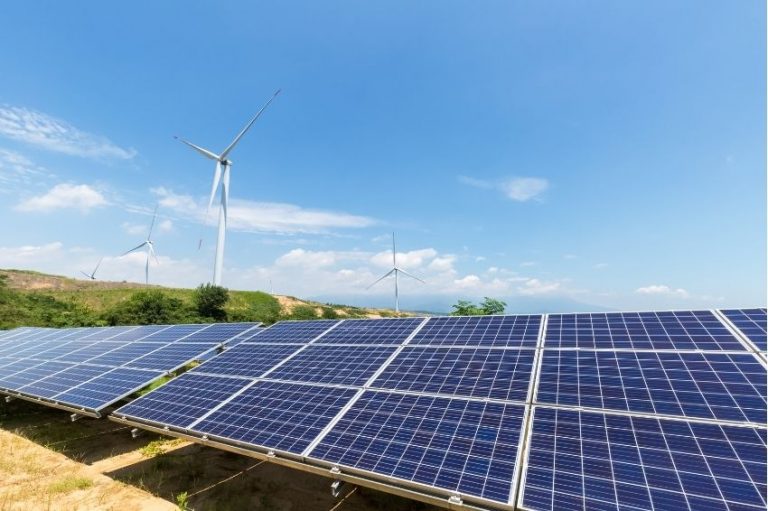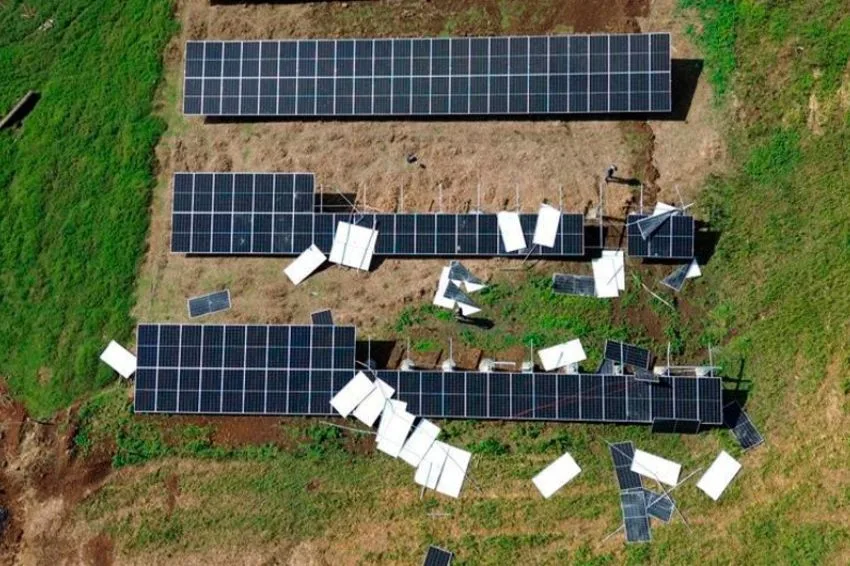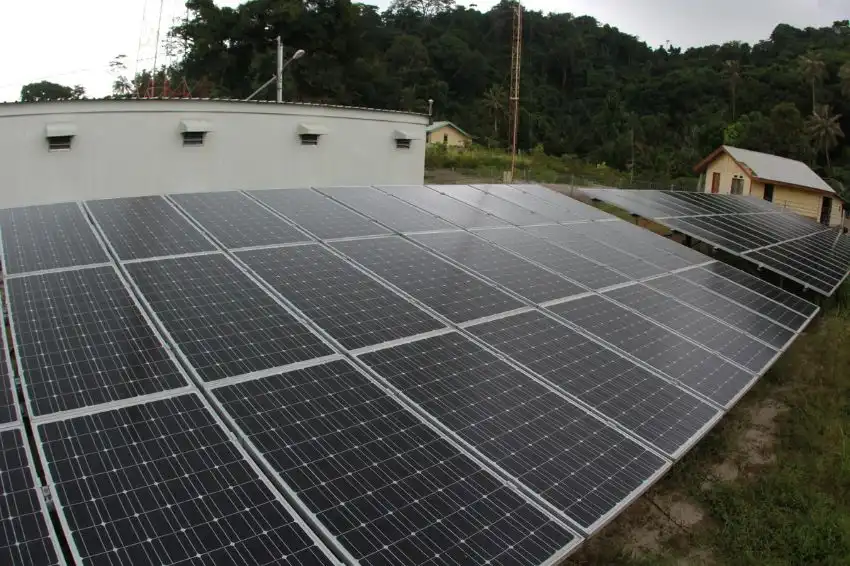Technology has the enormous power to transform markets. The electrical sector, as we know it today, is the result of a disruptive change in technology that took place at the end of the 19th century.
Before alternating current transmission, electricity, enchanting as it was, had limited range. After that, the electrical grid quickly radiated, first across the entire North American territory and then across the entire planet, in a grandiose spectacle that can be seen from space.
Returning to today, investors have a special appreciation for the electricity sector, because long-term contracts are common in it, favoring revenue stability and the payment of good dividends, in addition to appreciation.
On the other hand, in Brazil analysts are always keeping an eye on the hydrological risk, resulting from our energy matrix very concentrated in hydroelectric plants, which are increasingly suffering from the drop in reservoir levels.
Renewable energies and their technologies promise to cause a profound reorganization of the electricity sector that is already underway around the world. Here in Brazil we can visualize the founding milestones of renewable energy.
Energy auctions
Renewable energies got their first boost with energy auctions promoted by the government. This policy has contributed to the diversification of generation sources, given the limitations for the construction of new large hydroelectric plants.
As a result, at the end of 2020, we reached, in terms of installed power, the mark of 3.1 GW of centralized solar sources in the country. In 2019, the solar source became the most competitive in auctions, with a price of US$ 17.62/MWh.
Distributed generation
Resolution 482 of the ANEEL (National Electric Energy Agency) and other regulations opened the way for end consumers to produce their own energy.
After a timid start, with the continuous reduction in the cost of equipment, we achieved extraordinary growth in distributed solar generation. As a result, when At the end of 2020, we reached the mark of 4.6 GW in distributed solar generation.
Solar energy continues to advance at a rapid pace and adds to centralized generation and distributed generation we accumulated 7.7 GW, surpassing nuclear sources and coal.
And what's next?
The consensus that nations must seek zero carbon emissions to combat climate change is increasingly consolidated.
The date for this is 2050 for the most realistic, and 2030 for the most ambitious. The strong growth of solar and wind energy, and the replacement of fuels by electricity in transport are the two most visible waves of this process.
In this context, California is leading the spread of mass energy storage. The world's largest battery, with 300 MW, is coming into operation at the Moss Landing plant in Monterey Bay.
This plant, like countless other projects, arose from a 2013 state law that set a goal of 1.3 GW of storage by the end of 2020. California achieved 1.5 GW and the goal was exceeded.
What started in California is spreading across the US, which, in 2020 alone, installed 1.2 GW of storage. By 2025, the country should reach 7.5 GW in storage, according to industry projections.
The speed of this growth depends on the evolution of battery prices. Driven by the rise of electric cars, batteries are getting cheaper every day, benefiting the world of renewables.
In the US, the price of large-scale storage batteries fell by around 70% between 2015 and 2018, according to the US Energy Information Administration, the country's official energy agency.
The cost of photovoltaic solar energy had a very similar trajectory: it declined by more than 70% between 2010 and 2019. Competition and production growth could lead to an additional reduction of another 45% in the average cost of batteries between 2018 and 2030, according to the NREL (National Renewable Energy Laboratory).
Analysts project 1.2 TW of storage globally over the next decade. At the same time, they bet that the electric vehicles they will be cheaper than the internal combustion engines we use today.
For solar energy, storage is a substantial game changer. He disciplines the intermittency of the offering, between the moments when the Sun shines and those after it sets.
This improves the profitability of solar plants, as it allows them to obtain better prices, offering energy at times of greatest value.
Furthermore, according to experts, this allows solar plants to replace small and medium-sized thermal plants, including those activated at times of peak demand.
Storage will be key to accelerating the transition to a carbon-free economy. Whether associated with renewable generation or embedded in vehicles, batteries will be an important catalyst for upcoming transformations.
Investors are increasingly paying attention to green companies. A Tesla has five times the market value of GM and Ford combined. Here in Brazil, generating companies that invested in renewables lead the stock market appreciation among electricity companies, even without paying high dividends.
In any future scenario for the electricity sector, renewable energies and energy storage will be present. The original model inaugurated by alternating current will undergo profound changes. Their speed is still a gamble, especially in Brazil.
What is certain is that nothing can stop the strength of an innovation when its time comes.

















5 Responses
A very good view of the subject from a market specialist. This market only tends to grow!
The only adjustment I would make would be regarding the concept of electrical matrix and energetic matrix, normally treated as univocal, but they are not.
Our electrical matrix is mostly hydraulic, however the energy matrix has a greater share of Oil and derivatives (due to transport).
EPE source: https://www.epe.gov.br/pt/abcdenergia/matriz-energetica-e-eletrica.
I congratulate all investors, collaborators and everyone who directly or indirectly helps both in the dissemination and development of a technology that only adds and saves the population and nature.
Congratulations…
Congratulations, a summary that shows the strength of renewable energies
Excellent Tegon.
Changes are happening at an incredible speed in the renewable and clean energy sector, it is growing every day and surprising everyone, the need for electricity is a priority in all markets, in all segments in every business niche. Your conclusion in talking about storage is sensational, we are anxiously awaiting the news so that we can negotiate with our customers and be able to help with having their own stored energy, I see a large public wanting it and we will be able to implement it and I believe that each one, in their workplace, in each city and in each state will contribute to this change, clean and renewable energy for all. Strong hug
Carlos Roberto R do Nascimento